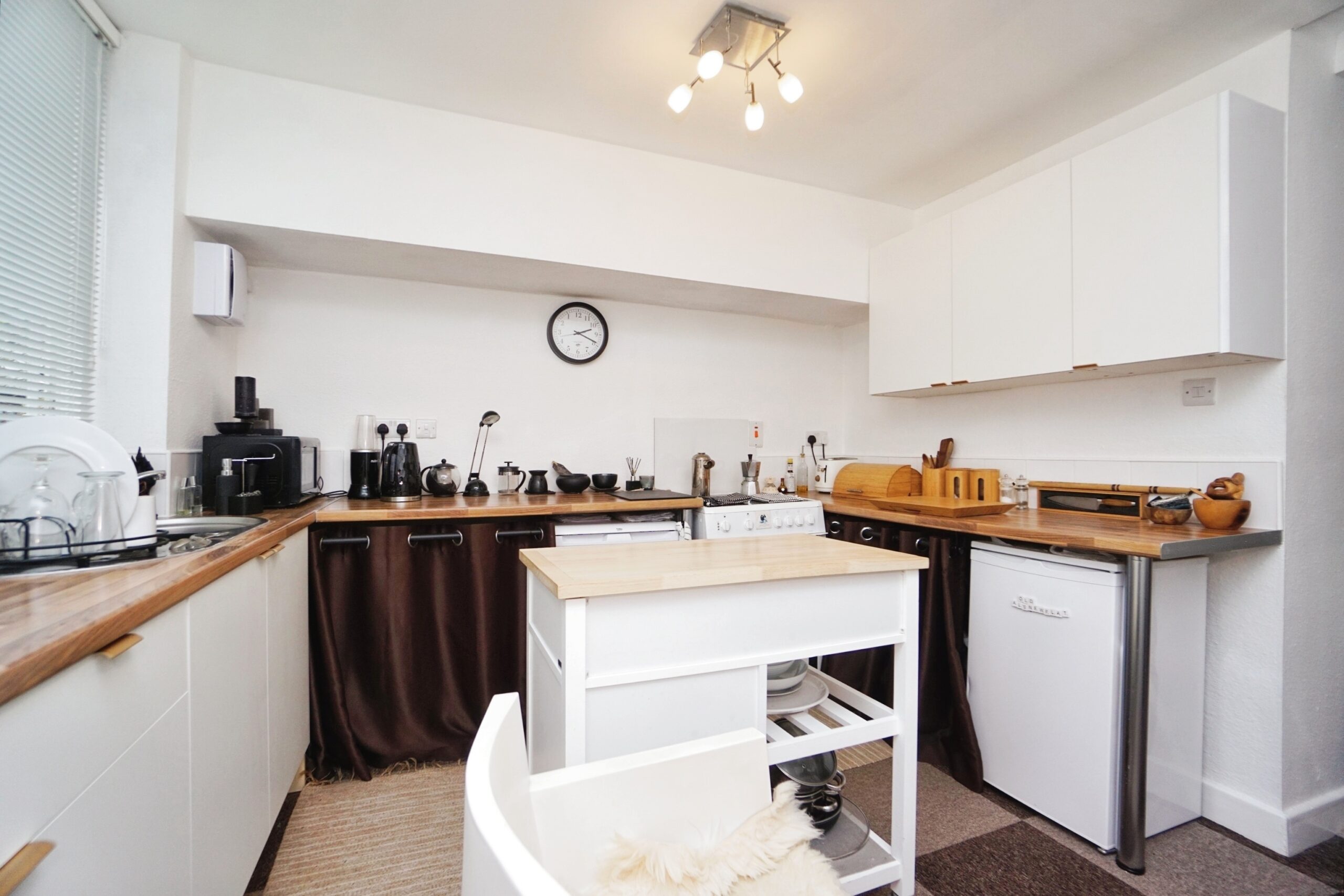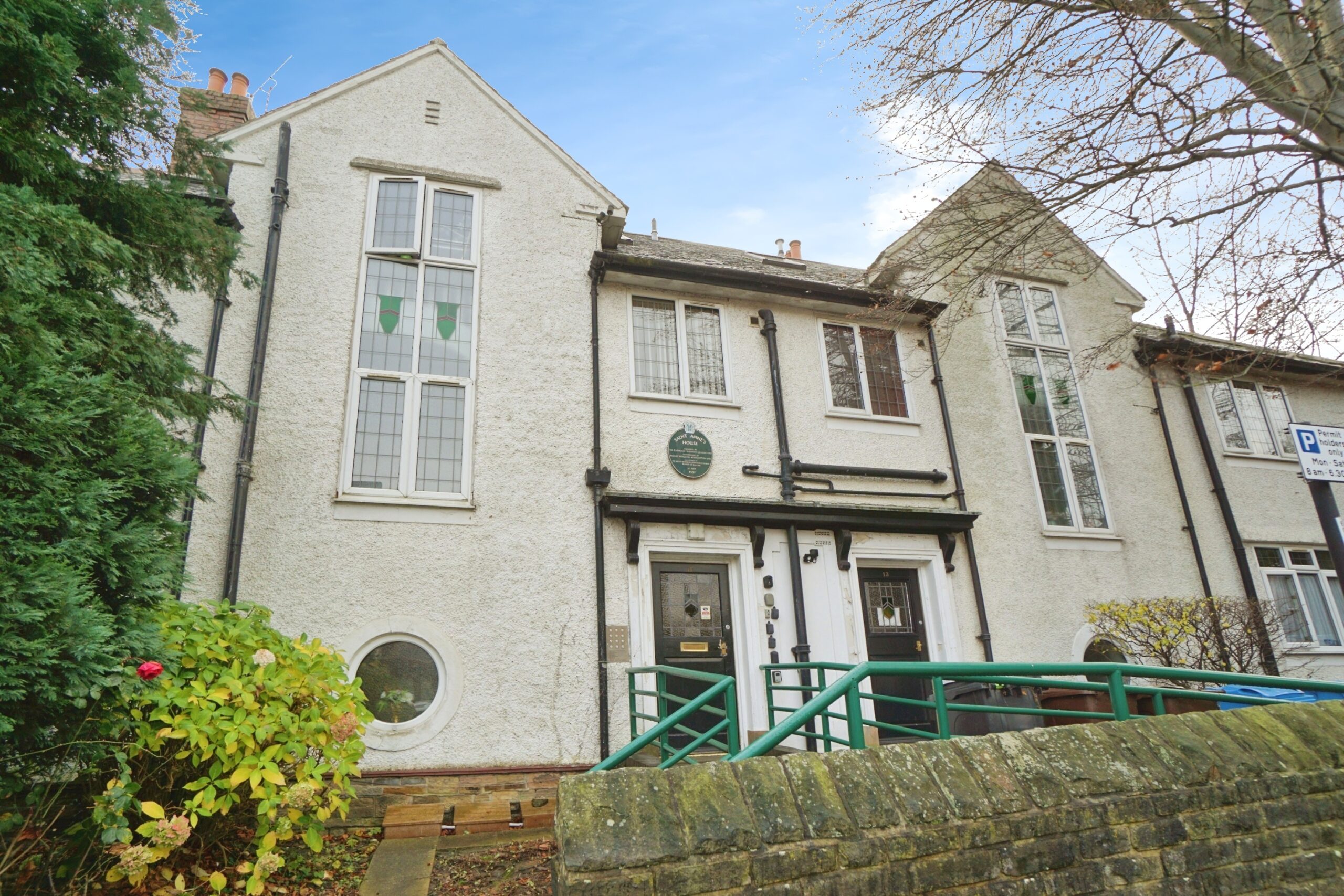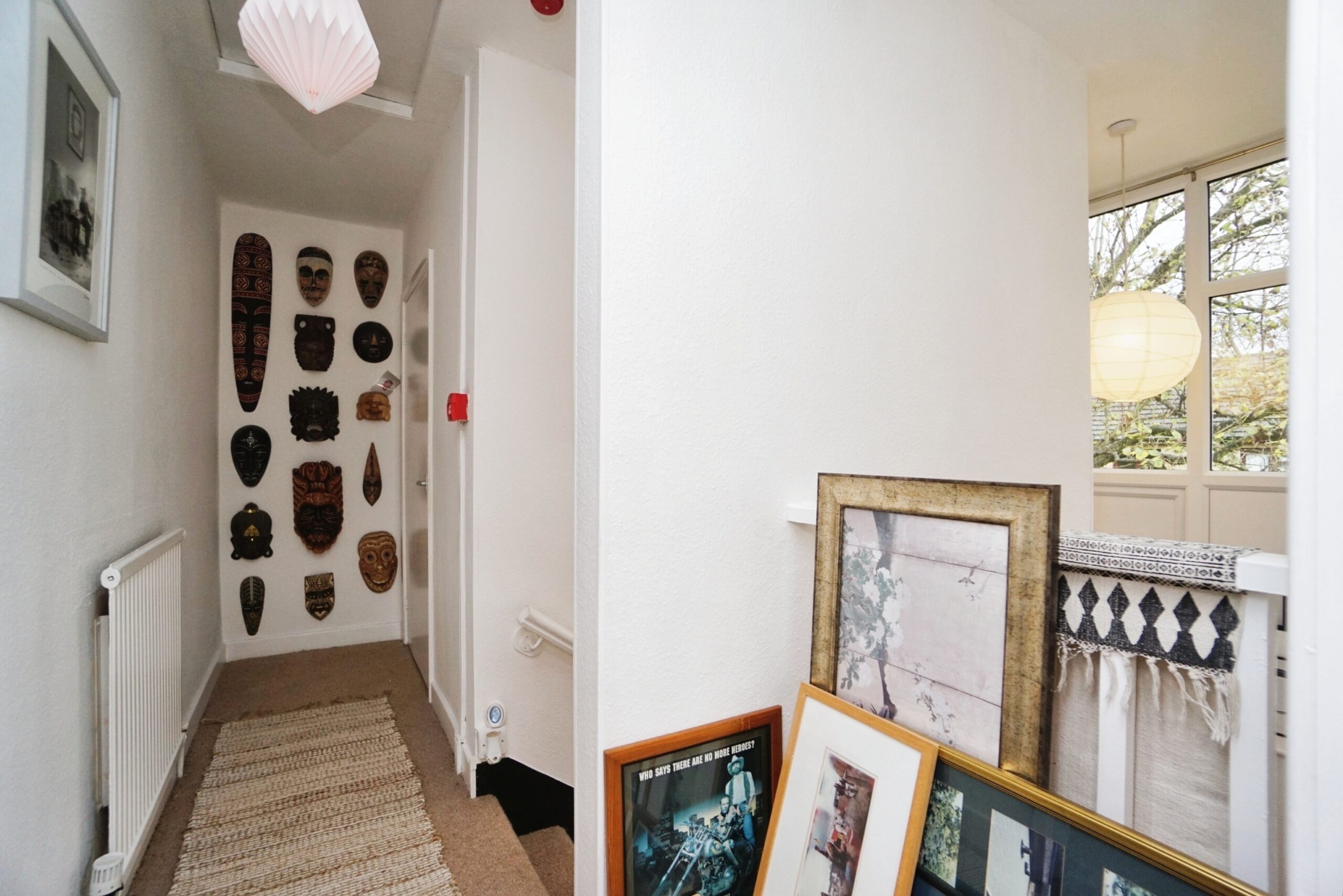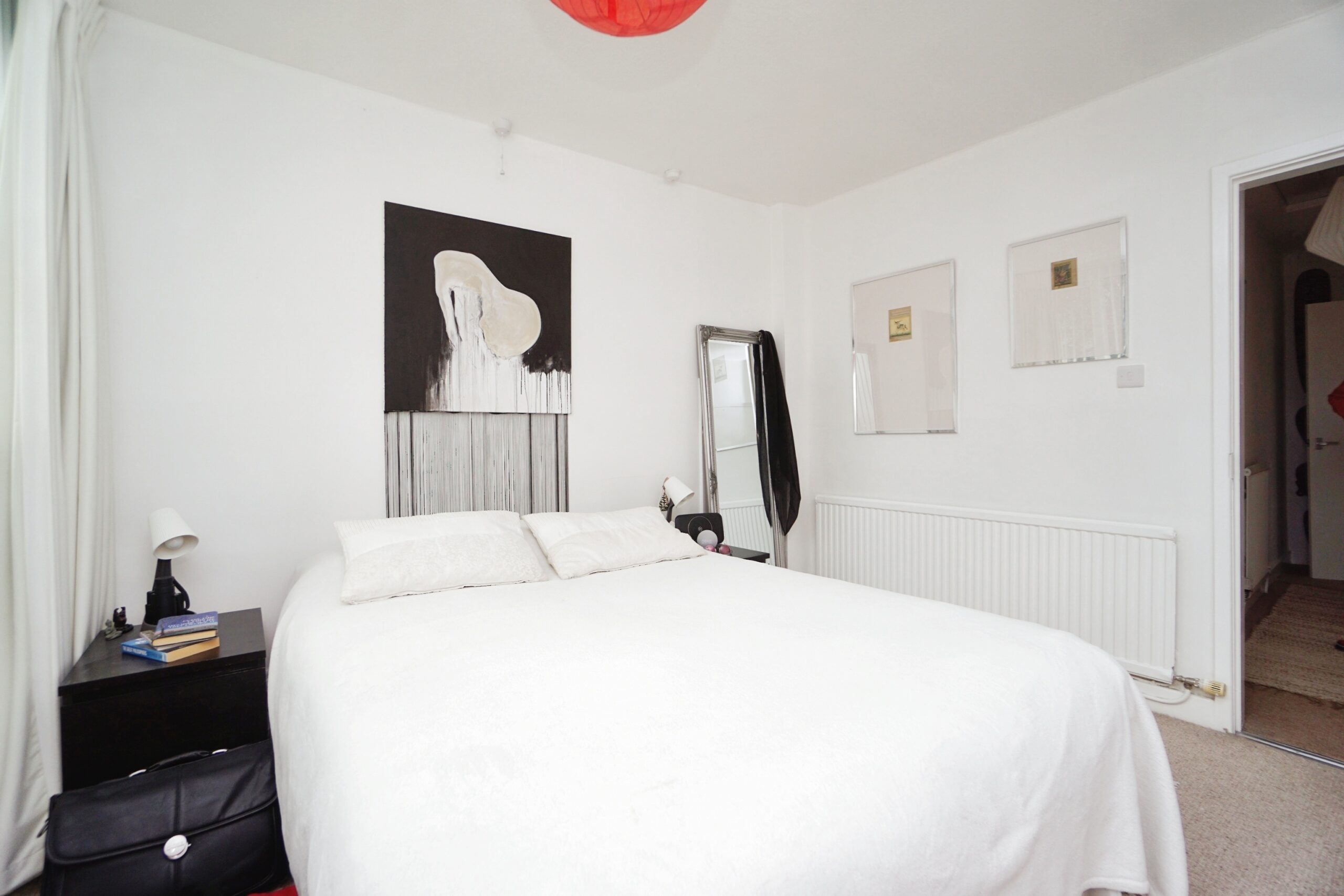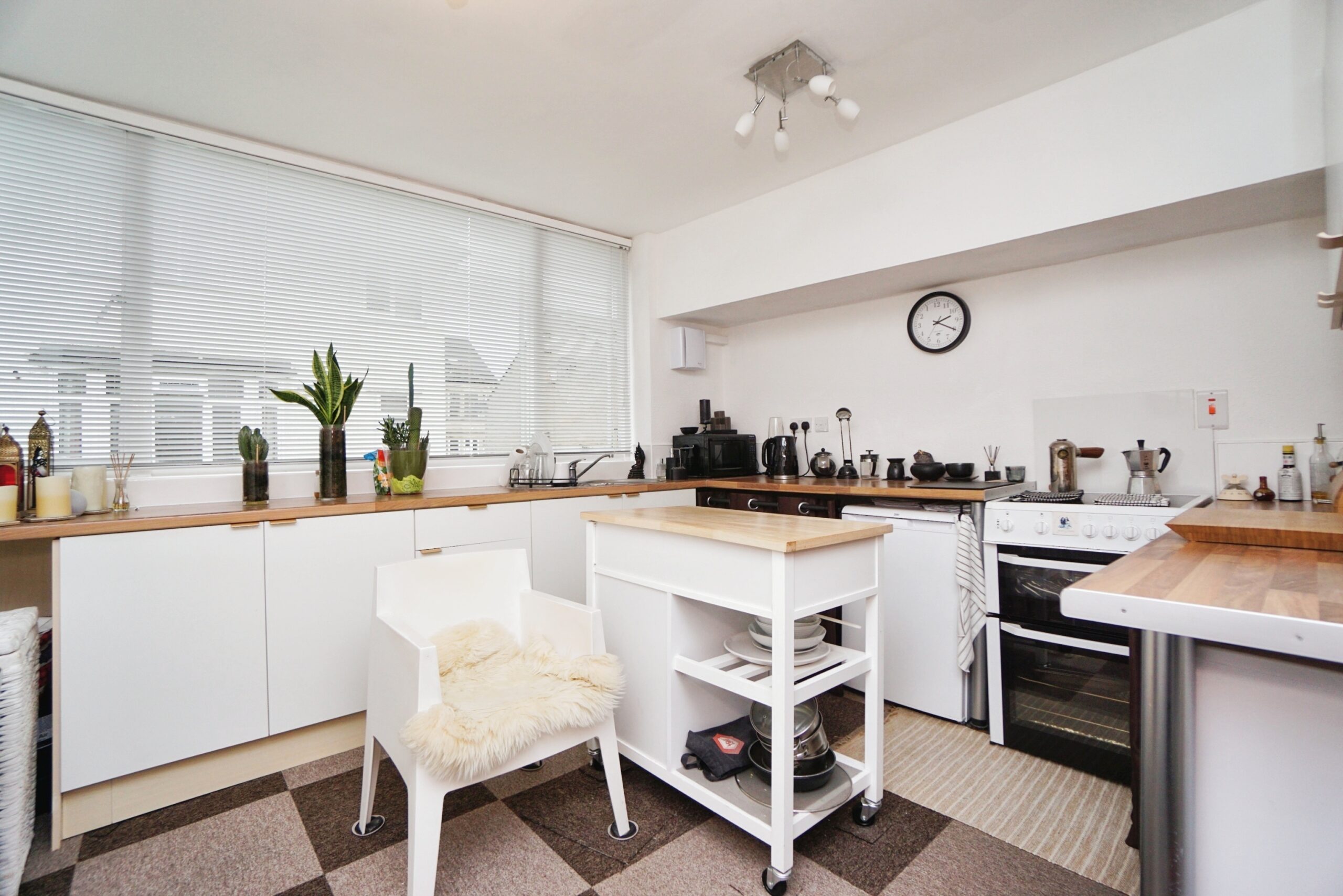History
A brief history of Padley Housing Association
Padley Housing Association Ltd began life in the early 1960s when a group of Sheffield Catholic businessmen formed a society with the intention of helping young people buy their own homes. They put together a property portfolio which at that time comprised both multi-occupancy premises and some individual houses. It is not now known how this property was acquired, although it is believed that much of it had, over the years, been bequeathed to the Catholic Church as legacies.
Originally, the Society was named the Padley Housing Aid Society, and the underlying concept was that the young tenants would pay a rent plus an additional £1, which the Society saved on the tenant’s behalf. When the tenant left, they received their saved money back, match funded pound for pound by the Society so that the tenant received double the amount they had paid to put into the deposit when they bought a house. This may not sound much today, but in the 1960s, if someone had been a tenant for some years, they would receive a sum of money, which amounted to a significant contribution to a house deposit.
In around 1973, Padley Housing Aid Society obtained a grant from the Housing Corporation and a mortgage. The Society then expanded by building Ludlam House situated on Berners Road, Sheffield. The construction of this two-storey block of 32 flats meant that Padley had to register with the Housing Corporation, which was then the government body responsible for private landlords. On registration the Housing Corporation challenged Padley’s practice of charging an additional £1 on the rent and match funding it. They claimed that this practice meant the Society was overcharging its tenants, so the decision was taken to stop doing this and to change the philosophy of the the Society to one providing accommodation for people over 60 years of age. At around this time the Society changed its name to Padley Housing Association Ltd.
In the 1990s the Society took over St Ann’s House at Broomhill, Sheffield. This had previously been owned and run by the Catholic Women’s League (CWL) as a home for elderly ladies. The main building had 10 one bedroomed flats. At the rear of the property was an annexe which was used for the delivery of nursing care but which was now no longer suitable for this purpose. The Association converted this annexe into 3 further flats.
The membership of the Catholic Women’s League was declining and they felt that they were unable to continue to operate the home by themselves and for a time worked in conjunction with the Padley Housing Association before transferring St Ann’s House to Padley. After this transfer the CWL had no further input into the operation of the Association.
In about 1991 the Society was bequeathed a property and land at Newman Road, Tinsley, Sheffield. It cleared this site and built Newman House which has 10 self contained flats.
Over the years, the Association has ratified its property portfolio so that it now has:
- Ludlam House
- Newman House
- St Ann’s House
- Copplestones – a large detached house on Claremont Crescent, Sheffield, comprising 5 self-contained one bedroom, flats
- A large private house on Bower Road, Walkely Sheffield which is let to a single tenant.
Today, Padley Housing Association is an independent body which operates with a strong Catholic, Christian charitable ethos in line with that of the Catholic businessmen and the ladies of the Catholic Women’s League who played such a major part in the formation and continuance of the Society.
Its aim now is to provide good quality, safe, comfortable accommodation at a reasonable rent for people over the age of 60 years. Many of its residents have limited financial resources ,and some have health and social problems. Padley aims to be a good landlord to these tenants.



